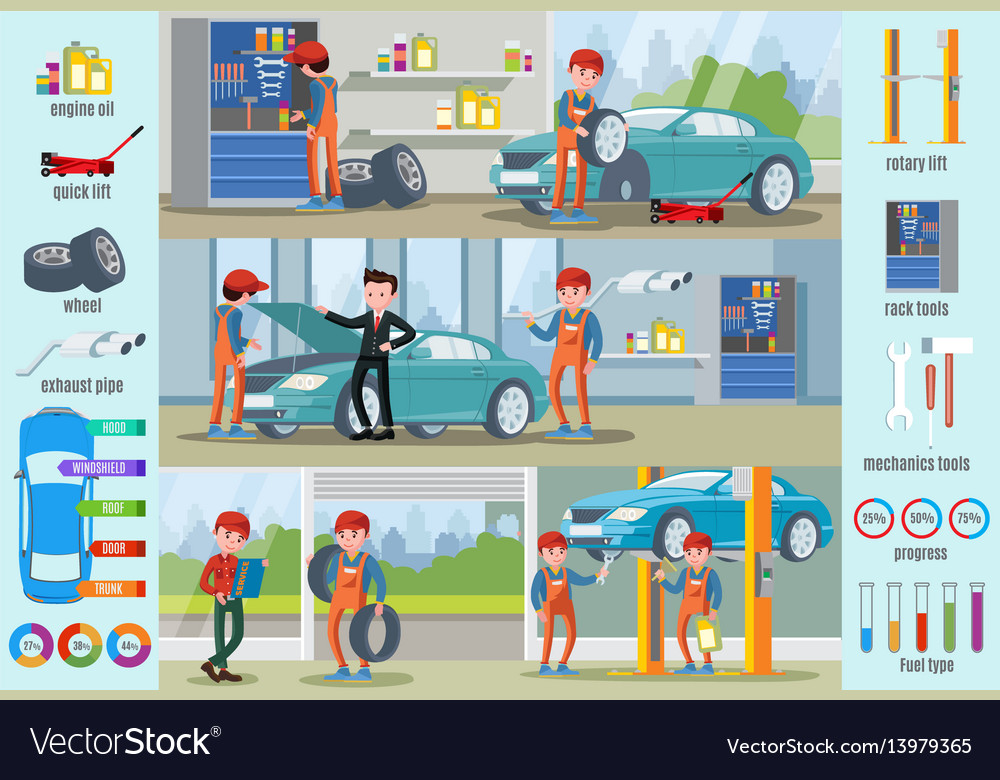Comprehending The Meaning Behind Your Lorry'S Caution Lights: An Extensive Appearance
Comprehending The Meaning Behind Your Lorry'S Caution Lights: An Extensive Appearance
Blog Article
Created By-Higgins Alvarado
When you're behind the wheel, those beautiful warning lights on your control panel can be a bit difficult. Do you understand what they're attempting to tell you regarding your auto's health and wellness? Comprehending the value of these lights is vital for your security and the long life of your automobile. So, the next time among those lights turns up, wouldn't you want to understand its message properly and take the essential steps to address it?
Common Caution Lights and Interpretations
Determine usual warning lights in your automobile and understand their definitions to ensure secure driving.
One of the most common caution lights include the check engine light, which signifies issues with the engine or discharges system. If this light begins, it's critical to have your vehicle inspected quickly.
The oil stress advising light indicates low oil pressure, calling for instant focus to prevent engine damages.
A flashing battery light could suggest a malfunctioning charging system, possibly leaving you stranded if not attended to.
https://brake-shop-near-me28495.tkzblog.com/31087104/are-you-interested-in-finding-the-ways-in-which-automation-and-robotics-are-changing-the-automobile-detailing-sector (TPMS) light signals you to reduced tire stress, affecting car stability and fuel performance. Disregarding please click the next internet page might lead to hazardous driving conditions.
The abdominal light indicates a problem with the anti-lock stopping system, jeopardizing your ability to quit quickly in emergencies.
Lastly, the coolant temperature alerting light warns of engine overheating, which can lead to extreme damages otherwise dealt with promptly.
Recognizing these common warning lights will aid you address problems promptly and preserve safe driving conditions.
Significance of Prompt Interest
Recognizing the typical caution lights in your auto is just the very first step; the value of without delay resolving these cautions can not be highlighted enough to guarantee your safety on the road.
When a caution light illuminates on your dashboard, it's your car's way of interacting a potential concern that requires focus. Overlooking these warnings can result in a lot more extreme troubles later on, compromising your safety and security and potentially costing you more out of commission.
Prompt attention to advising lights can prevent breakdowns and accidents. For instance, a flashing check engine light could suggest a misfire that, if left neglected, might create damages to the catalytic converter. Resolving this promptly can conserve you from a costly fixing.
Likewise, a brake system cautioning light may indicate reduced brake liquid or used brake pads, vital parts for your safety when driving.
DIY Troubleshooting Tips
If you observe a caution light on your dashboard, there are a few DIY repairing pointers you can try prior to seeking expert aid.
The primary step is to consult your automobile's guidebook to comprehend what the particular warning light shows. In some cases the problem can be as simple as a loose gas cap setting off the check engine light. Tightening the gas cap may solve the problem.
Another typical problem is a reduced battery, which can activate various alerting lights. Inspecting the battery links for rust and guaranteeing they're secure could fix the problem.
If a warning light lingers, you can attempt resetting it by disconnecting the vehicle's battery for a couple of mins and then reconnecting it. In addition, inspecting your automobile's liquid levels, such as oil, coolant, and brake fluid, can assist troubleshoot advising lights associated with these systems.
Conclusion
In conclusion, understanding your automobile's warning lights is essential for keeping your car running efficiently and safely. By without delay addressing these alerts and recognizing what they mean, you can prevent expensive fixings and possible breakdowns.
Bear in mind to consult your car's guidebook for certain details on each cautioning light and take action as necessary to guarantee a trouble-free driving experience.
Remain informed, stay risk-free when driving!
